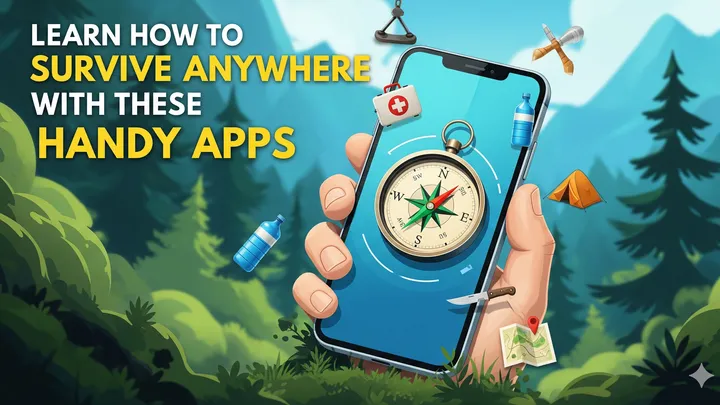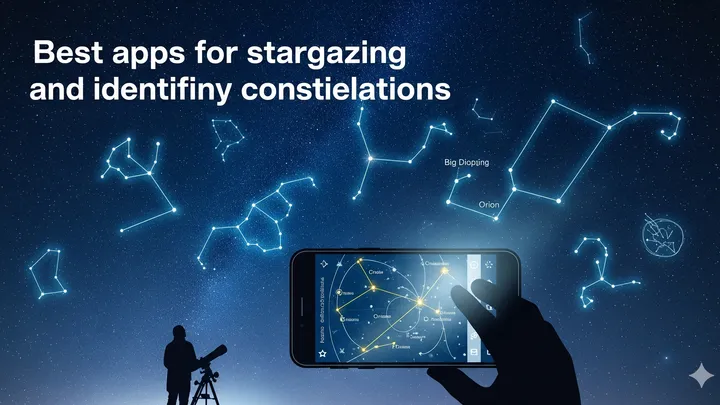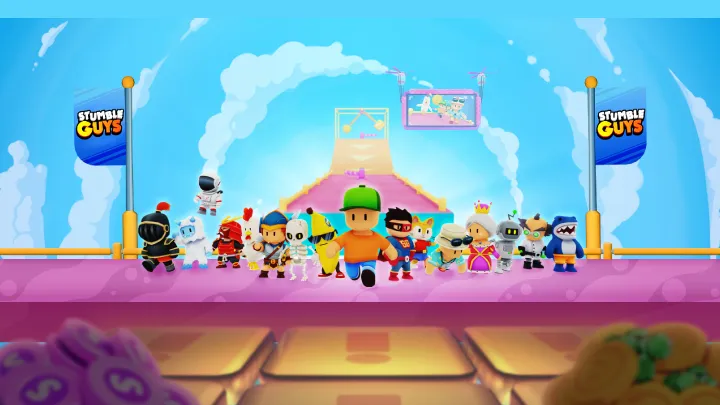Finding Frankie is not just a mystery game—it’s an intricate blend of hidden clues, environmental storytelling, and layered puzzles that demand critical thinking. Players are tasked with piecing together fragmented information to locate Frankie, but the challenge lies less in spotting him and more in understanding how the game communicates hints and red herrings. This article explores advanced clue tracking and puzzle-solving strategies, giving you a structured guide to master one of the game’s most complex aspects.
Understanding the Core Puzzle Mechanics
At its foundation, Finding Frankie builds puzzles through observation, deduction, and pattern recognition. Each location hides layers of clues that can be visual (symbols, graffiti, or objects), auditory (background whispers or environmental sounds), or narrative-driven (dialogue fragments and notes).
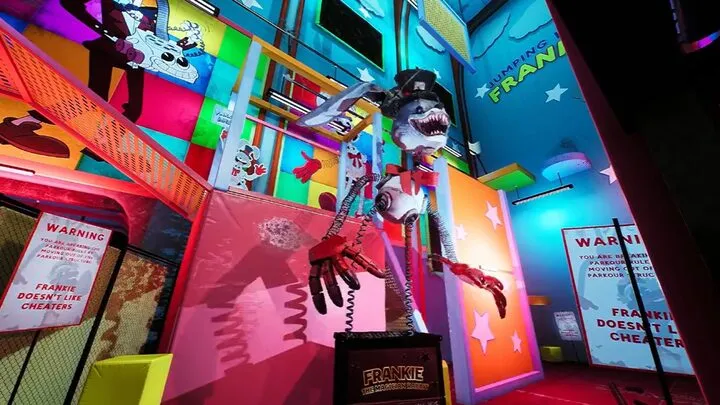
Many new players attempt puzzles by brute force—checking every object or retracing steps endlessly. However, understanding mechanics reveals that puzzles are progressive chains of interlinked hints, requiring prior knowledge before unlocking deeper levels.
By recognizing these mechanic types early—visual cues, sequential puzzles, and logic-based riddles—players can develop systematic puzzle-tracking habits.
Mapping Out Frankie’s Trail
One of the biggest mistakes in Finding Frankie is relying solely on memory. The game subtly scatters hints across multiple environments, requiring players to map his trail manually.
By drawing or digitally charting discovered clues, players can visualize the sequence of Frankie’s possible movements. Graffiti marks in one alley may connect to footprints near a park bench several screens away.
Using tools like notebooks, screenshot journals, or mind-mapping software prevents repetition and allows for efficient clue synthesis later in the game.
Prioritizing Clues and Ignoring Red Herrings
Finding Frankie deliberately places misleading information to test observation. Knowing how to filter false leads is essential.
Red herrings often follow patterns: overly obvious clues, repeated graffiti, or background NPC dialogue that loops without variation.
The best strategy is to prioritize unique elements, linked context, and environmental alignment. By focusing on credible clues, you save time and focus on the real puzzle chain.
Symbol Decoding Techniques
A signature element of Finding Frankie is the cryptic symbols scattered across environments. They’re not decorative—they form coded instructions.

Start by identifying repeating symbols and their placements. Compare with nearby environmental objects—for example, a star symbol on a lamppost might link to a constellation in a later puzzle.
Symbols generally fall into categories like directional markers, narrative markers, and puzzle markers. Mastering interpretation is the gateway to solving advanced challenges.
Sound Cues and Environmental Audio
Unlike many puzzle games, Finding Frankie incorporates sound design as an active clue system.
Footsteps that grow louder may suggest Frankie’s recent presence. Conversely, faint whispers may guide you to hidden objects.
Listening carefully with headphones, pausing in new areas, and tracking audio consistency allows players to use sound cues as navigation tools.
Time-Based Puzzle Progression
Finding Frankie ties some puzzles to time mechanics, meaning certain clues only reveal themselves at specific in-game hours.
A wall message seen in daylight may disappear at night, replaced by a different inscription. Shadows may reveal new details.
By logging time stamps, revisiting areas during different hours, and using environmental lighting as guides, players uncover time-dependent secrets.
Cross-Referencing Narrative Fragments
The game hides small narrative notes, conversations, and fragments that must be pieced together to understand Frankie’s motivations.
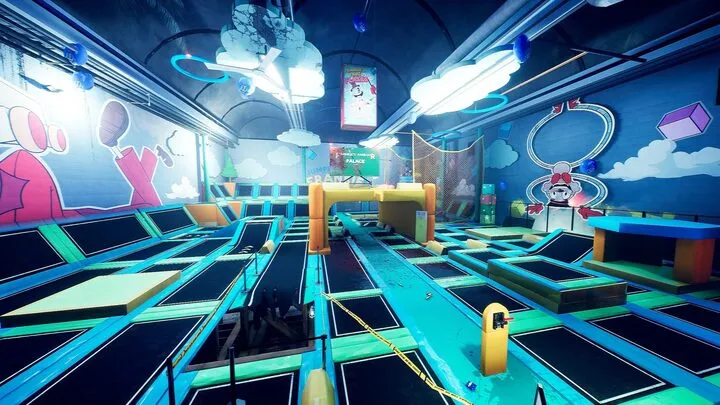
These aren’t just story bits—they are logic keys. A letter about Frankie’s “safe spot under the broken tower clock” is a directive, not background lore.
Chronological sequencing, character association, and thematic grouping help players connect fragments into a coherent narrative path.
Managing Inventory and Interactive Objects
Players often underestimate how critical the inventory system is to puzzle-solving. Every object you carry can be a potential clue connector.
Treat each item as a potential key rather than random loot. Some reveal their purpose only when linked to others.
Organizing by location, testing interactions, and discarding distractions streamlines progression and reduces frustration.
Puzzle Chains and Sequential Unlocks
The deepest puzzles in Finding Frankie rely on multi-step chains, where one solved element leads directly into another.
For example, decoding a symbol may unlock a hidden passage. Inside, you find a note that reveals a meeting location. That meeting location triggers a timed sound clue.

Documenting each unlock, tracking sequences, and anticipating outcomes transforms fragmented gameplay into smooth progression.
Advanced Deduction and Endgame Preparation
As the search for Frankie nears its end, puzzles intensify in complexity, demanding advanced deduction strategies.
Endgame puzzles are longer and rely heavily on previously overlooked details. The final stages test whether players maintained consistent tracking habits.
Revisiting earlier notes, testing unused items, and reviewing overlooked symbols ensures smoother progress toward Frankie’s final location.
Conclusion
Finding Frankie is more than a game of hide-and-seek—it’s a structured exercise in tracking, decoding, and puzzle-chaining. By carefully mapping environments, filtering red herrings, decoding symbols, listening for audio cues, and managing time-based mechanics, players develop the analytical mindset required to succeed. The key to mastering this experience lies not in instinct, but in systematic strategy and layered deduction.








